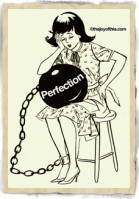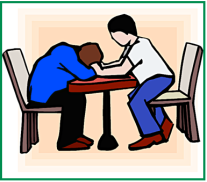PREVIOUS: Fear of Responsibility (#5)
1. T.E.A. = Thoughts, Emotions, Actions.
⚠️ Most people are not taught to distinguish between these 3 modalities. This causes much confusion in how we express ourselves, creating a great deal of mis-communication in relationships. While the 3 categories interact, they’re not the same parts of us.
The most important thing to remember is that Thoughts & Actions can be changed &/or modified, but emotions just are. It is not healthy nor legitimate to suppress emotions, while it is necessary & appropriate to choose what we say & do to express them (the words & actions), depending on the situation we’re in.
THOUGHTs – always made up of a string of words.
 All of us have running dialogues in our head much of the day, on the surface of our awareness, such as:
All of us have running dialogues in our head much of the day, on the surface of our awareness, such as:
• planning what we‘re going to do or ‘should’ be doing
• reviewing what’s happened to us or what we did (pleasant or not)
• ‘dreaming’, wishing, imagining, designing projects……
• worrying, obsessing – often about things we can’t control
• ranting to ourselves about people who hurt us & things we hate
• thinking about things we’ve seen or read
• planning things we want to say, either personal or for work……
AS WELL AS:
• what we’re thinking about under the surface, that’s out of our direct awareness. Some thoughts are deeply hidden, others accessible if we pay attention. This is what sitting quietly in ‘meditation’ is for – to hear the chatter in our head.
(Post: “Using Think instead of Feel“)
EMOTIONs – see extensive posts
These are always ONE WORD things – happy, sad, angry, amused, lonely, scared, pleased, sexy, excited……(NOTE: if you say “I feel” immediately followed by a sentence – it’s not an emotion, but rather a thought – a string of words. EXP: “I feel like going for a walk”)

Posts: Getting to Emotions – Under & Over // ACoA Emotions re Painful Events // ACoAs – accepting & accessing Es // What is Emotional Abuse? // Over-controlling ourselves
ACTIONs – Any activity we DO, as well as things we DON’T do, that are helpful or harmful to oursef & others
📌 An extension of this category – our behavior – is used as a defense mechanism, called “Acting out”, which can be defined as –
• Any compulsive (temporarily out of conscious control) ↵
• action or non-action, which is ↵
• a way to externally express or demonstrate ↵
• painful emotions we’re not aware of at all (ongoing repression), or not experiencing at the time about a particular situation we’re in or that we anticipate happening
EXP: ♟ being late for OR blanking out on an appointment we didn’t realize is making us anxious
♟ starting an argument (T) at the end of a nice evening, weekend (just before leaving the person or group)…. rather than feel the familiar old abandoned pain (E) at the separation, no matter how temporary!
Posts : Actions: Healthy opposites // Noticing painful events // Negative reactions to painful events // Positive responses
💚
2. ANXIETY
All ACoAs are fear-based, whether our preferred defensive sty
le is to be :
• phobic (fearful, passive, victim, timid, worried, overwhelmed) OR
• counter-phobic (don’t consciously feel scared, & then keep 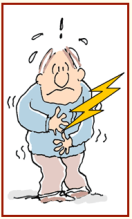 doing dangerous things to ‘prove it’). This is a reaction to suppressed emotions accumulated from our abusive background or any other traumatic events in our life
doing dangerous things to ‘prove it’). This is a reaction to suppressed emotions accumulated from our abusive background or any other traumatic events in our life
❥ When was the last time you were struck by anxiety?
❥ How long did it last? What caused it?
❥ What did you do about it?
❥ OR is it with you all the time? & how do you cope?
Given our painful, chaotic, abusive early years – with very little comfort, explanations or guidance – we carry with us an enormous backlog of fear. This pile-up gets covered over & redirected, so we barely realize it’s there.
Once we’ve cut ourselves off from knowing the source of our fear, in many cases what we’re left with is anxiety – that free-floating painful flutter or tightness in our gut we don’t connect with anything in particular.
NEXT: T.E.A. & Anxiety (Part 2)

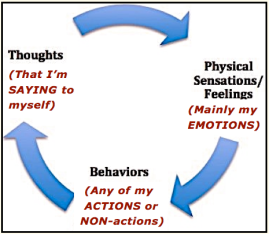

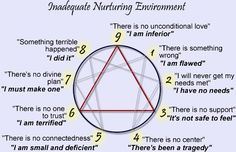 T
T